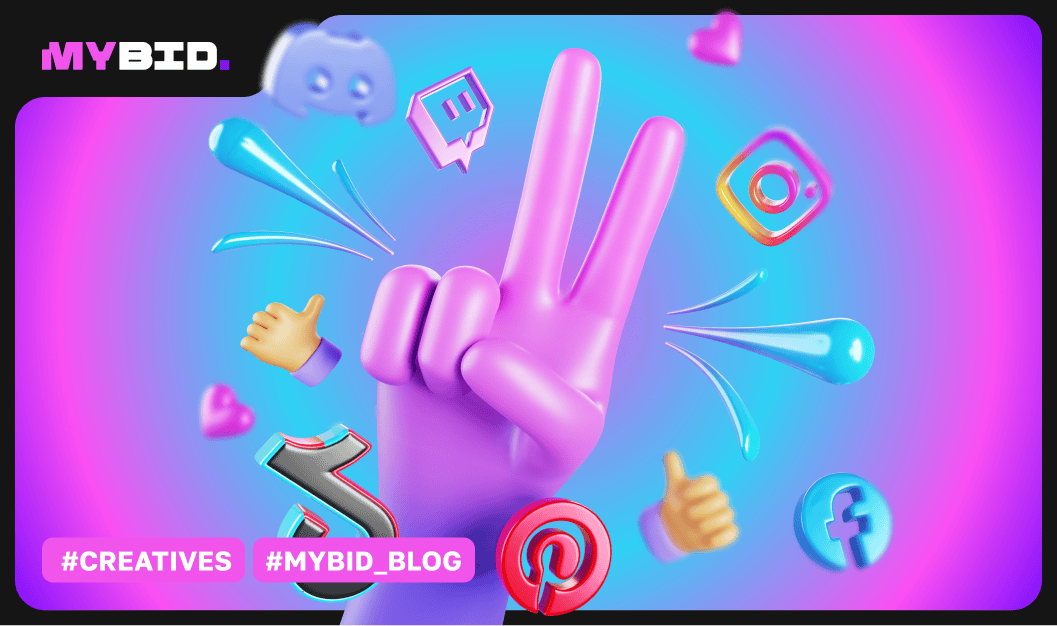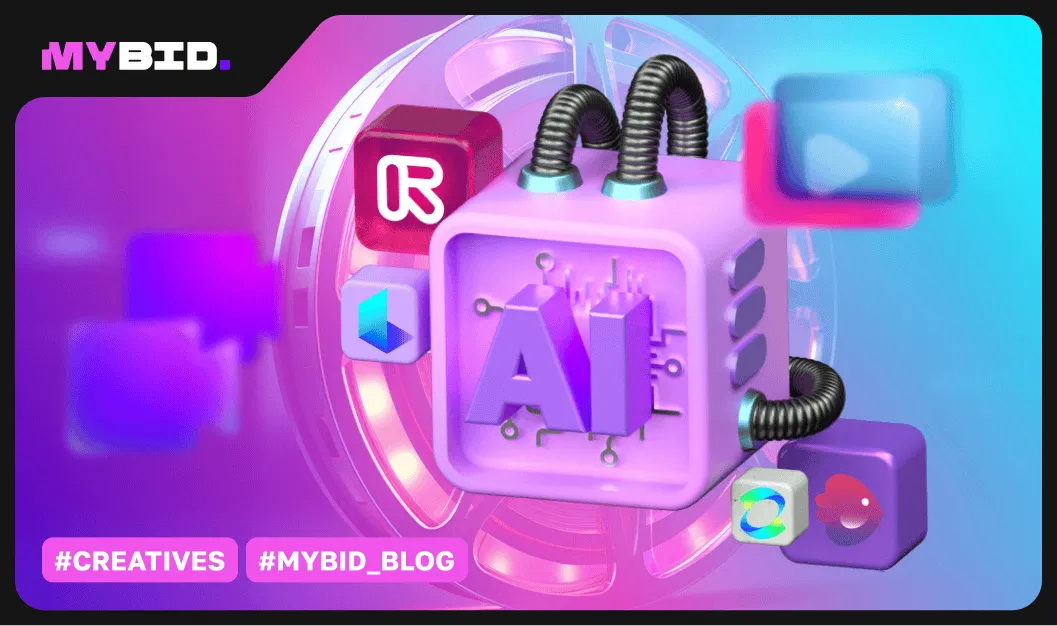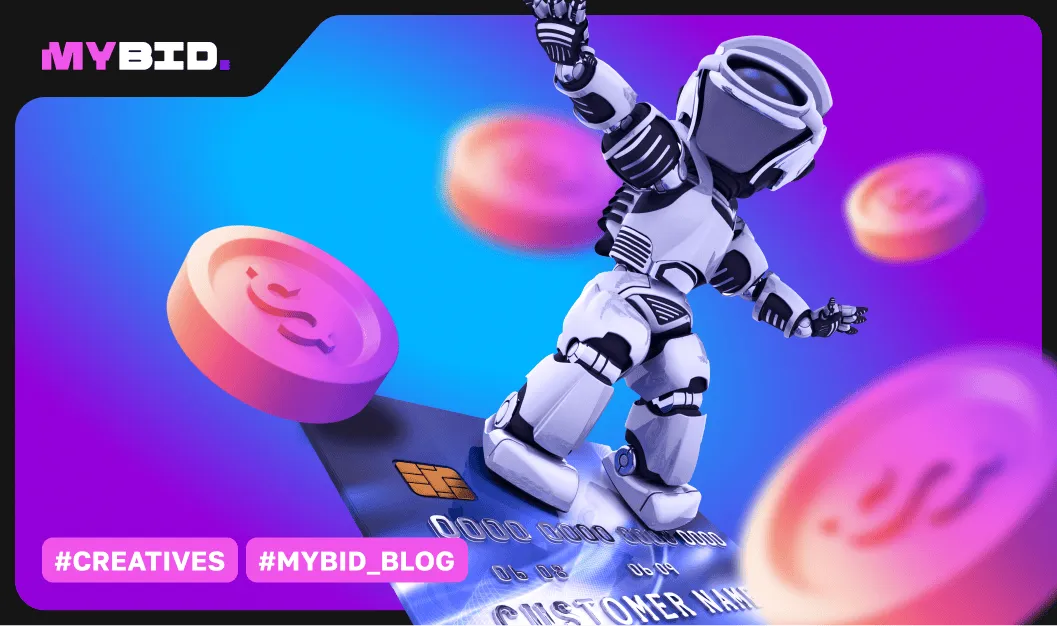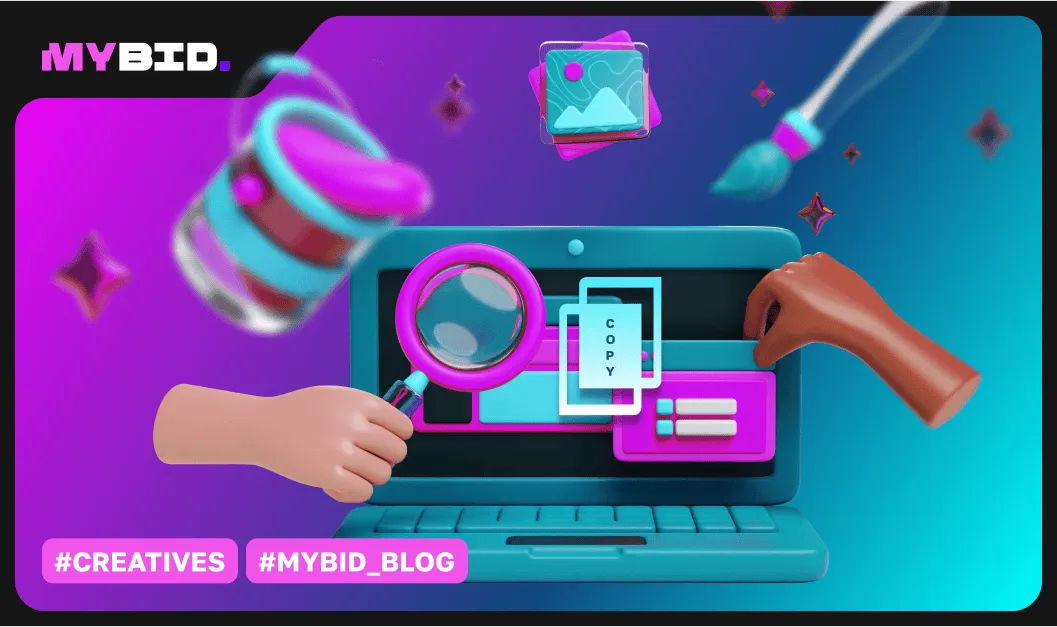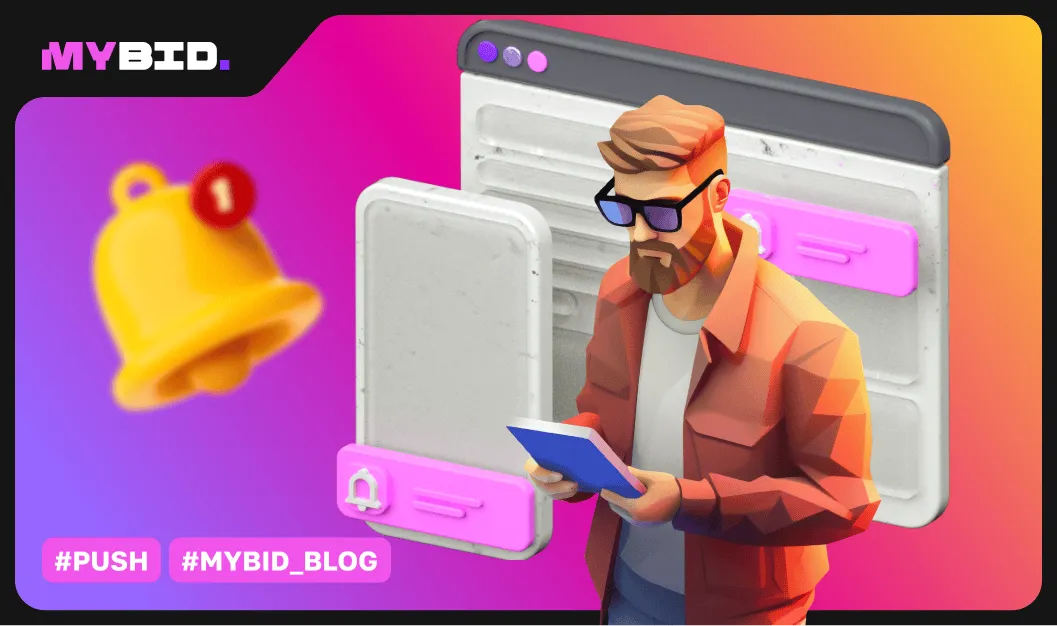Good advertising gets great results without costing a lot. Viral content does exactly that: it spreads rapidly and uncontrollably, reaching a large audience and increasing brand awareness. Plus, it comes with the bonus reaction of 'How did you come up with this? It’s so cool!'
In this article, we’ll look at what viral content is, how you can make it by yourself, and check out some successful examples.
What is viral content and how is it different from regular content?
Viral content is content that spreads really fast online because a ton of people share it. It starts in one social network or messaging app and quickly spreads to other platforms. Within just a few hours, everyone knows about the new trend.

This is how one of the AI sees the concept of "viral content".
Viral content can be in any format, including:
- Image
- Video
- Photo
- Text
- Infographics
- Sound
One recent example that comes to mind is that cute raccoon video where it waves its paws in a circle to the song 'Pedro' by Rafaella Carra. It became popular because it had a fun sound and funny visuals.
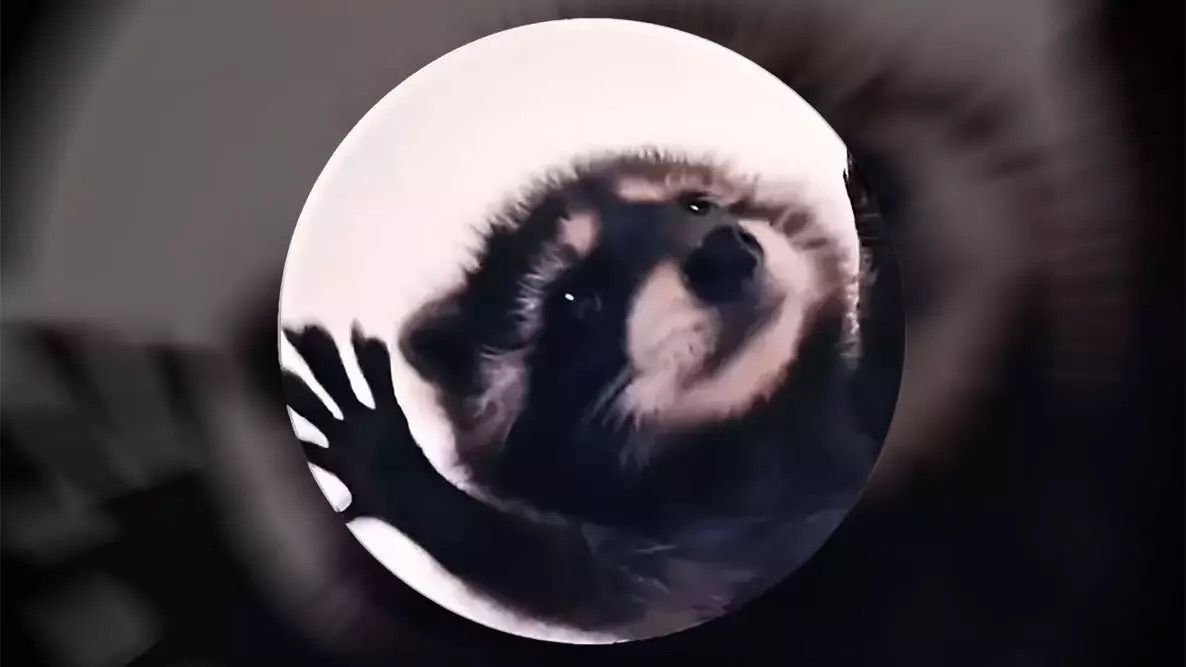
The main difference from regular content is that viral content spreads naturally and really fast. It's almost impossible to predict or make it happen on purpose. On the other hand, regular content is made following a clear plan for a specific group of people.
The “Right” viral content
Viral content can be tricky. Just because something goes viral doesn't mean it's good. Sometimes people share things to point out what not to do. For example, imagine an ad that makes people angry instead of interested. Like this one from Mr. Detergent Clean: "This Mother's Day: Get back to the job that really matters."

People didn't like it because they wondered what kind of work is so important for women. Teaching them to clean and stay in their place? The ad became popular, but the company had to explain themselves.
To avoid that kind of situation, viral content should have a few key elements:
Entertainment
One of the main reasons people go online is for entertainment. Entertainment content makes up a huge portion of all traffic. You can't browse through recommendation feeds without seeing a meme or funny video.

Every social network has pages dedicated exclusively to jokes; TikTok, for example, generally began as an entertainment social network.
Emotionality
Emotions resonate with a large number of people. Moreover, this doesn't necessarily mean fun and joy. It can be tenderness, sadness, or anger. The key is to avoid evoking strong negative emotions like bewilderment and disgust, as not everyone appreciates them.
Provocation
A little bit of provocation can be good. It gets people talking and sharing your content with friends and followers. Just be careful not to cross the line. Reebok, for instance, had an ad that said, "Cheat on your girlfriend, not on your workout." But many people, especially women, didn't like it.

Useful information
Content that benefits a lot of people has a good chance of going viral. It could be lists, templates, checklists, or anything that helps people in some way. Useful content might not spread as fast as funny memes, but it will always find its audience.
Easy to share
People are lazy when it comes to sharing content. If they have to go through a lot of steps to send a video or picture, they'll only do it if they really love it. That's why almost every website has a "Share" button these days, borrowed from social networks. You'll find those buttons under every post on social media and messaging apps too.
How to create the "right" viral content
Creating viral posts doesn't have to cost a lot of money. It's actually a suitable advertising format for both small businesses and new affiliates. All you need to do is follow our recommendations and, with a bit of luck, your content can go viral.
The target audience
Even though most people enjoy viral content, it's important to know your specific audience. Start by paying attention to what your subscribers like and comment on. This will give you insights into their thoughts, desires, and preferences.
Purpose of the post
Every advertisement has a purpose, and viral content is no exception. Increasing brand awareness and sales are natural outcomes, but there are other goals to consider:
- Building loyalty through positive emotions.
- Entertaining subscribers and encouraging them to share the content with their friends.
- Creating evergreen content that remains relevant over time.
- Driving conversions by inspiring subscribers to take specific actions, such as registering, subscribing, or placing an order.
Search for an idea
To create viral content, you need a great idea. Cute animals, nostalgic moments from childhood, and humor are always popular choices. But there are plenty of other ways to get inspired:
- Stay updated on the latest trends using Google or X (formerly Twitter).
- Look for newsworthy topics, but be careful not to touch on controversial subjects that can be misunderstood.
- Engage in friendly competition with your rivals, like Mercedes Benz, Audi, BMW, Jaguar, and Bentley did.

Designing your post
The design of your post includes the title (for text-based content) and the audio and video elements (for videos). The first few seconds are crucial in capturing the attention of your audience, so make sure to create an immediate interest. Provocative content can be effective, but be mindful not to go too far.
Promoting your post
Although viral content can spread on its own, sometimes it needs a little help. You can promote it yourself by sharing it on different social networks and getting your friends and acquaintances involved. You can also allocate a small budget for advertising or collaborate with influencers. And don't forget about timing. Posting in the morning when people are heading to school or work, or in the evening when they're catching up on the day, tends to work well. You can also use analytics tools to find out when your audience is most active online.
Examples of successful viral content
You've probably seen viral content before. Some bloggers even make special collections at the end of the year to showcase what is trending each month. Remember the raccoon we mentioned earlier? Well, let's now look at other successful examples of posts that went viral.
One of the biggest music crazes was the video by the Korean artist Psy–Gangnam Style. It has been watched over 5 billion times on YouTube in just 12 years. People loved its catchy beat, cool visuals, and funny dance moves.
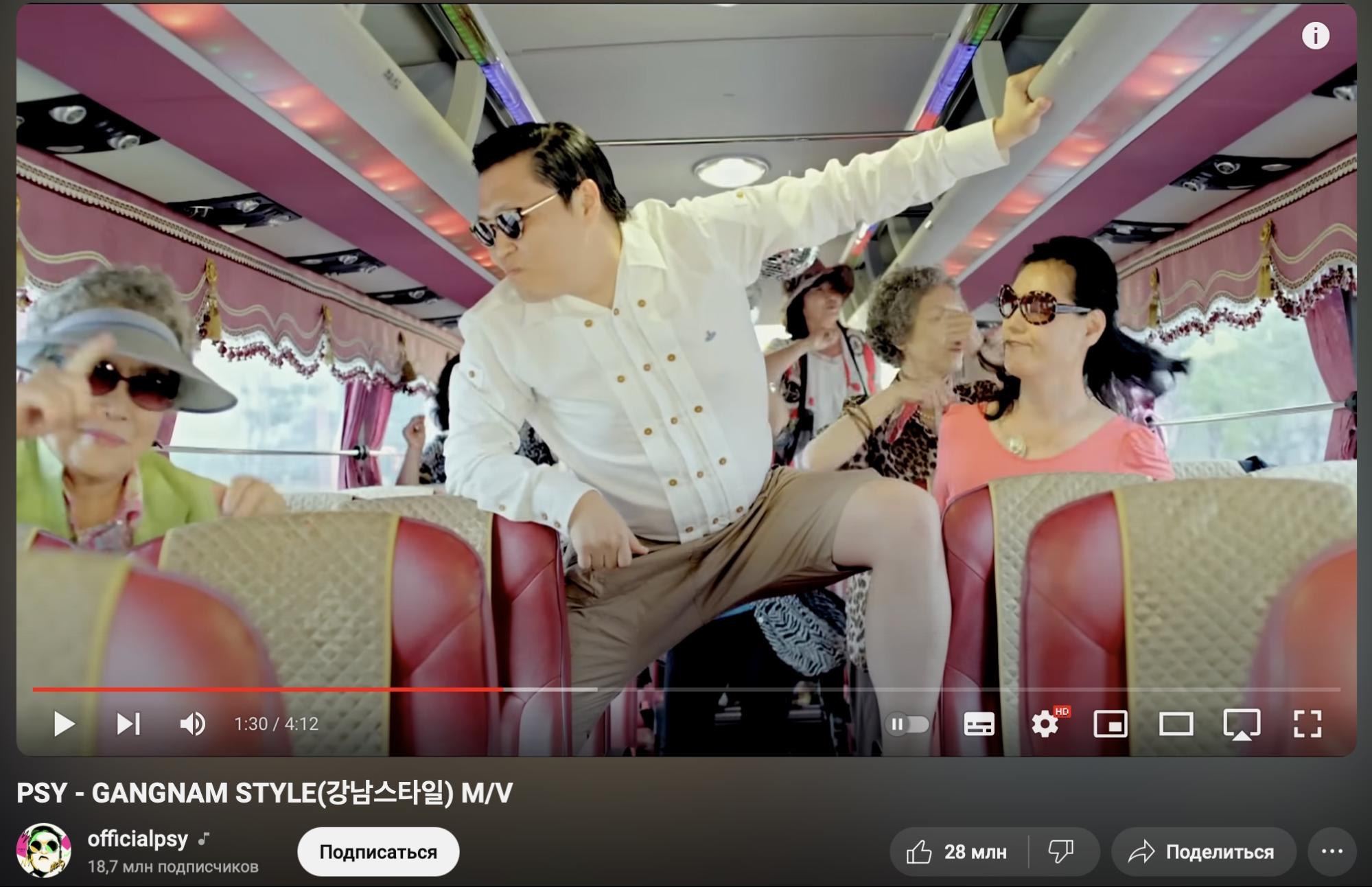
The most viewed video of all time is the children's song "Baby Shark," which has accumulated nearly 15 billion views. It seems like almost everyone on the planet has watched it at least twice!
If we talk about a more strategic approach to viral marketing, Zoom stands out as a leader. During the height of the coronavirus pandemic, Zoom launched the Zoom Virtual Background Challenge, urging users to come up with the most unusual backgrounds for video conferencing. The campaign featured settings like the jungle, outer space, and even a castle. It turned out to be an incredibly effective and organic advertising campaign.

Someone also visited the spaceship Enterprise.
Even Apple got in on the viral content game. When they released the iPhone X, they launched the "Shot on iPhone" campaign. They asked users to share their own photos and videos taken with iPhones. People loved it and it showed that Apple makes great phones for photography enthusiasts.

You can also find hashtag statistics on Instagram.
Some viral challenges have done more than just advertise. Take the Ice Bucket Challenge, for example. It was started in 2014 to raise awareness about a disease called amyotrophic lateral sclerosis (ALS). Many celebrities, TV hosts, and athletes participated, and they managed to raise over $200 million!

Even NBA star LeBron James took part in it.
Brand wars are another type of viral marketing. They happen when companies compete and try to get people talking about them. It's not just car companies or tech giants; even fast food and drink companies join in. For example, Burger King had a campaign with the slogan "Why eat with a clown when you can eat with a king?" And Pepsi and Coca-Cola have had friendly fights with slogans like "Everyone Wants to Be a Hero."

All the examples we've mentioned are great illustrations of viral marketing. They use funny and creative ideas, bring benefits, and evoke emotions. Basically, they connect with the audience.
Conclusion
Viral content is a powerful marketing strategy that can make your brand well-known and get people talking. It doesn't take much effort to create viral content; you just need to know what people like and what's popular on the internet. The tricky part is that you can't predict if something will go viral or not. So, don't be afraid to try new things – even big marketing companies sometimes fail.
If you want to grow your brand and not just rely on viral content, you can use an advertising network like MyBid. MyBid has everything you need to quickly attract high-quality visitors to your website. The platform covers more than 200 geos, offers different ad formats, and has a system to prevent fraud. The best part is it’s a fully managed platform, where a manager will help you set up and optimize your advertising campaigns.


